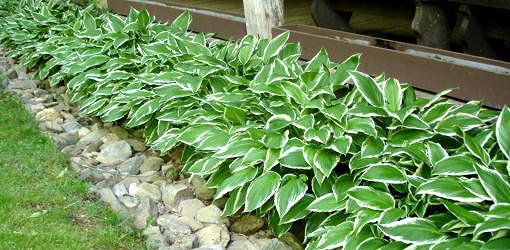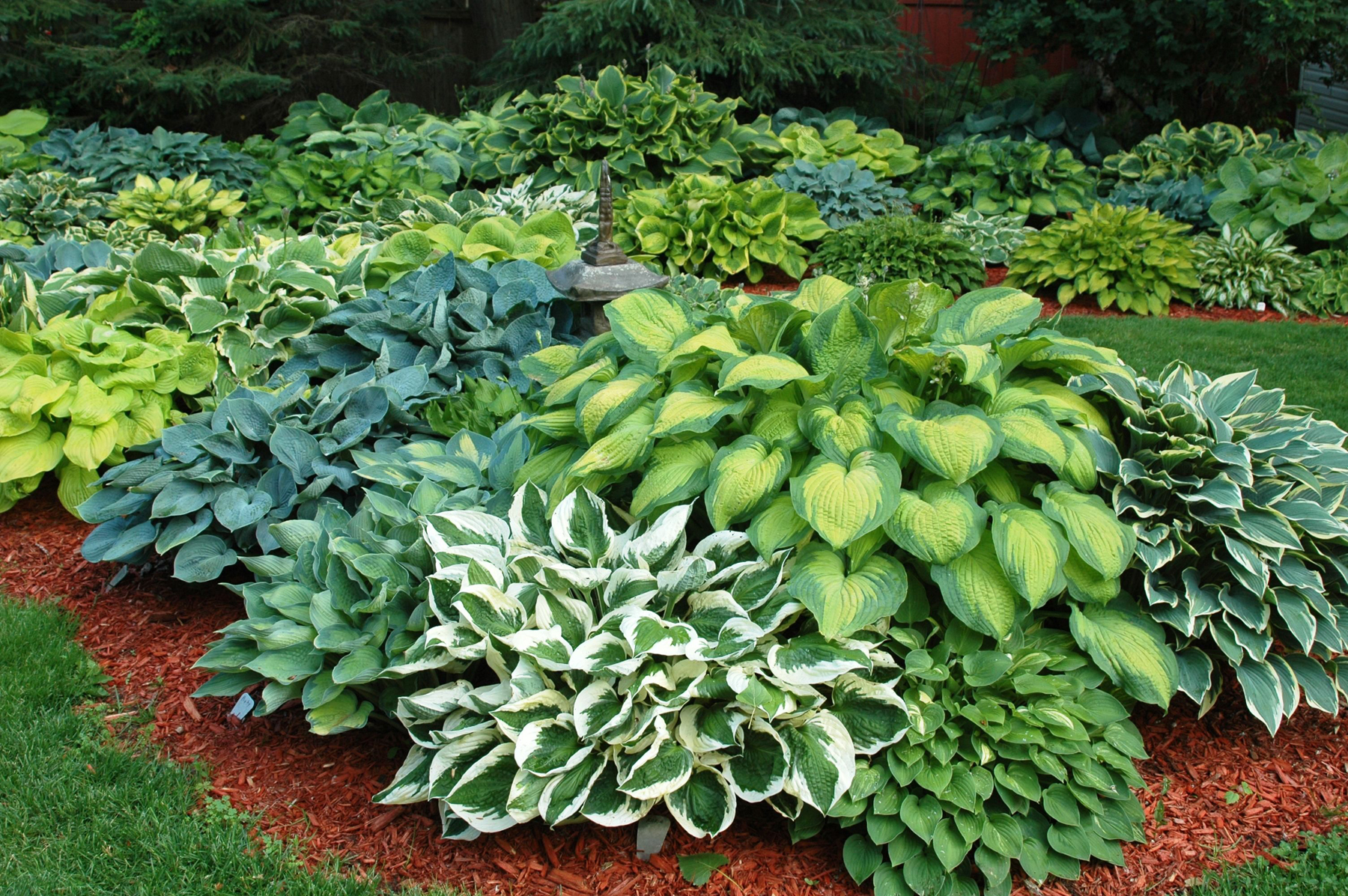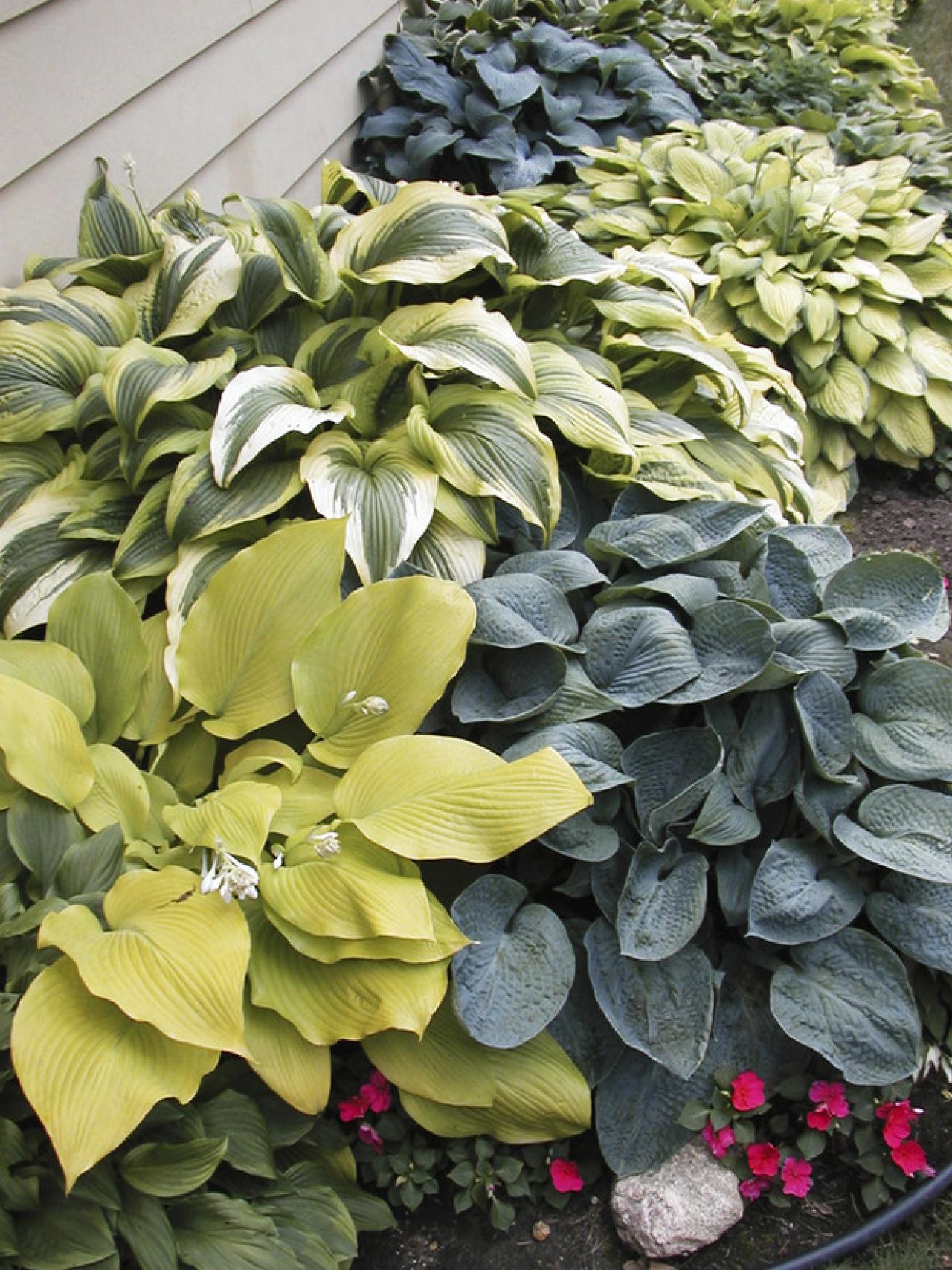
The spread of the particular type ultimately determines how far apart hostas should be planted because the size of hostas can vary greatly, with both miniature and enormous cultivars readily accessible in garden supply stores.
Additionally, there are other variables that might affect the final size of a hosta, which will affect how far apart you space each plant.
The size of hostas will depend on a number of factors, including soil quality, the amount of shade, soil moisture, wind, and whether or not they receive a yearly feed.
For a table outlining the proper spacing for hostas of all sizes, scroll down.
Table of Contents
How Much Space Between Hostas

In order to achieve the greatest results in terms of size, form, variegation, and lush foliage, it is important to keep in mind that this is a suggestion for spacing hostas. Hostas will successfully grow closer together, but if they are planted excessively near together, there may be a compromise in the plant’s quality.
Popular hosta cultivars have been divided into miniature, small, medium, large, and giant categories.
As you can see, there are major size differences among the various hosta varieties. For the best results, always strive to space and plant according to size.
| Size and Popular Hosta Varieties | Hosta plant spread at maturity | How far apart should Hostas be planted? |
| Masqurade and Hosta Venusta are miniature hostas. | 4-6 inches tall (10-15 cm)About 18 inches wide (45 cm) | Place every tiny hosta about 18 inches (45 cm) apart. |
| Small Hostas: “Gold Tiara,” “Emerald Tiara,” “Moon River,” and “Fire and Ice” | 6 to 10 inches tall (15-25 cm)About 24 inches wide (60 cm) | Each tiny hosta should be spaced around 28 inches (70 cm) apart. |
| Olive branch, Hosta lancifolia, June, Invincible, and Halcyon are examples of medium-sized Hostas. | 10 to 18 inches tall (25-45 cm)36 inches wide (90 cm) | Each medium hosta should be planted around 40 inches (1 m) apart. |
| Royal Standard, Patriot, Moonlight, Gold Standard, and Aspen Gold are some examples of large hostas. | 18 to 28 inches (45 to 70 cm) tall; 60 inches wide (150 cm) | Every huge hosta should be planted 60 inches (150 cm) apart. |
| Giant Hostas: “Frosted Jade,” “Sum and Substance,” and “Jade Cascade” | 28-32 inches (70-82 cm) in height; 83 inches in width (210 cm) | Each Giant hosta should be planted about two meters (80 inches) apart. |
Do keep in mind that you can transfer hostas at any time of year if you have planted them too closely together to the point where they are crowding one another, though the fall is the optimum time to do this.
Hostas are highly resilient plants, so you may also divide an overgrown hosta in half and relocate it to a different area of your garden to avoid congestion. This will give you another plant for your garden.
When your hostas are planted and spaced properly, the planting area may initially appear a bit bare with a lot of soil showing between plants, but with care and patience, they will spread their foliage to fill the area wonderfully.
The main purpose of this spacing is to make Hostas efficient spreaders (in terms of vegetative growth) and to prevent competition among the plants for nutrients, water, soil space, etc.
Hostas are hungry and thirsty plants; at the hottest seasons of the year, the huge hostas need three gallons of water every day.
Hostas depend on the internal pressure created by constant leaf transpiration, which drives water to be pulled up by the roots to maintain their structure, which is why it is crucial to plant hostas in moisture-retaining soil. Hostas need the soil to be maintained consistently moist (but not saturated).
Hosta roots will compete with each other for moisture in the surrounding soil if they are planted too closely together. Insufficient moisture can prevent hostas from reaching their full potential and cause their leaves to wilt.
Additionally, this will make people and animals more vulnerable to illness and pests like slugs and snails. (For practical advice, check my post on how to stop slugs from devouring hostas.)
Soil with a deficiency of organic matter (which holds onto moisture very well) and soil that is not routinely mulched can make the problem of hostas competing for water worse.
Hostas are heavy feeders, so they will need to compete for nutrients in the soil with other plants or with each other. The need for nutrients will increase as hostas get bigger, therefore planting them with plenty of room between them is crucial.
For the most beautiful and healthy leaves, hostas need a lot of nitrogen (N), phosphorus (P), and potassium (K).
Smaller hostas can thrive in rich soil, but if you’re growing medium, large, or giant hostas, it’s advised that you treat them in the spring with a basic plant fertilizer from an established brand like Miracle Grow.
When fertilizing, always follow the manufacturer’s directions, and avoid feeding hostas after August because this will encourage new growth at a time when the plants are getting ready for their winter hibernation.
When you plant your hostas, take into account whether you will have enough room to reach between each plant and fertilize the soil.
(For additional information on how to grow hostas successfully when they must compete with other plants for fertility, see my guide to growing hostas under pine trees.)
Because they produce their own microclimate with increased levels of humidity from transpiring leaves, crowded hostas can also foster an environment that is better suited for slugs, snails, and fungal diseases.
Leave Space Between Hostas for Mulch

Early spring mulching is critical to prevent hostas from drying up in the forthcoming spring and summer conditions. It also helps preserve soil moisture, adds nutrients, and improves soil structure.
Hostas benefit from a 2 inch mulch layer (preferably compost, leaf mould, or manure), which will help maintain each plant as healthy as possible. Just be sure to allow a 6 inch space between the mulch and the hosta’s crown, as the latter does not like to have its crown covered in mulch.
Key Learnings:
- Hostas should be spread apart based on how big the cultivar will get when it’s fully grown.
- Hostas should be spaced 18 inches apart for miniature varieties, 28 inches for small, 40 inches for medium, 60 inches for large, and 80 inches for gigantic.
- Hostas that are too crowded can be divided or transplanted at any time of year, but spring is the ideal season.
- Hostas need to have enough of room between them in order to grow to their maximum size, shape, and lush foliage potential.
- Hostas will fight for moisture, nutrients, and space if they are planted too closely together, which will affect each plant’s potential size and health.
- Always allow enough space between the hostas so you can divide or transplant each plant, fertilize it, or cover it with mulch.
